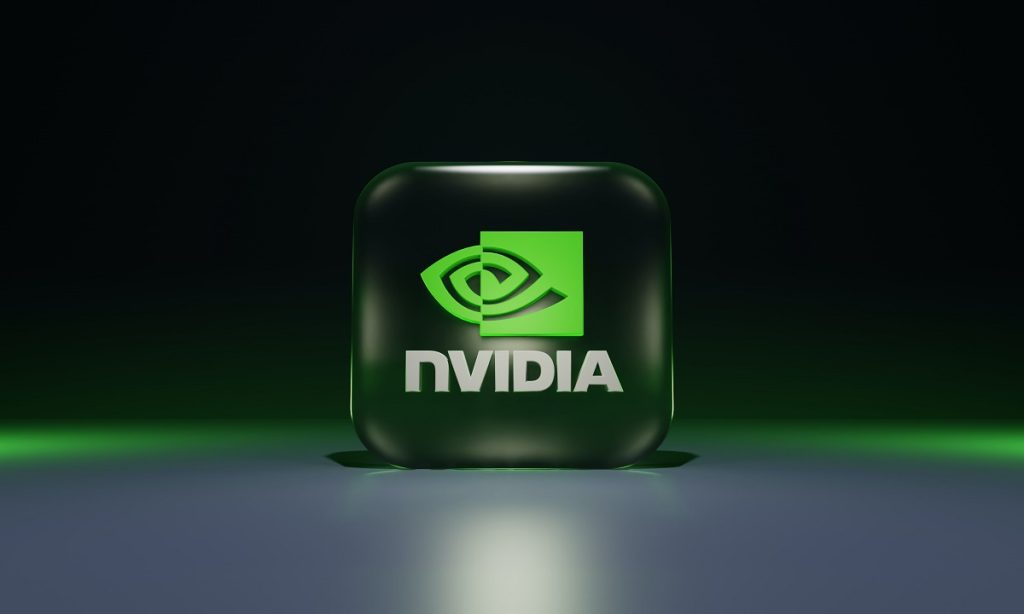Nvidia and Amazon Web Services, the lucrative cloud arm of Amazon, have a surprising amount in common. For starters, their core businesses emerged from a happy accident. For AWS, it was realizing that it could sell the internal services — storage, compute and memory — that it had created for itself in-house. For Nvidia, it was the fact that the GPU, created for gaming purposes, was also well suited to processing AI workloads.
That eventually led to some explosively growing revenue in recent quarters. Nvidia’s revenue has been growing at triple digits, moving from $7.1 billion in Q1 2024 to $22.1 billion Q4 2024. That’s a pretty amazing trajectory, although the vast majority of that growth was in the company’s data center business.
While Amazon never experienced that kind of intense growth spurt, it has consistently been a big revenue driver for the e-commerce giant, and both companies have experienced first market advantage. Over the years, though, Microsoft and Google have joined the market creating the Big Three cloud vendors, and it is expected that other chip makers will eventually begin to gain meaningful market share, too, even as the revenue pie continues to grow over the next several years.
Both companies were clearly in the right place at the right time. As web apps and mobile began emerging around 2010, the cloud provided the on-demand resources. Enterprises soon began to see the value of moving workloads or building applications in the cloud, rather than running their own data centers. Similarly, as AI took off over the last decade, and large language models more recently, it coincided with the explosion in the use of GPUs to process these workloads.
Over the years, AWS has grown into a tremendously profitable business, currently on a run rate close to $100 billion, one that even separate from Amazon would be a highly successful company. But AWS growth has begun to slow down, even as Nvidia’s takes off. It’s partly the law of large numbers, something that will eventually affect Nvidia, too.
The question is whether Nvidia can sustain that growth to become a long-term revenue powerhouse like AWS has become for Amazon. If the GPU market begins to tighten, Nvidia does have other businesses, but as this chart shows, these are much smaller revenue generators that are growing much more slowly than the GPU data center business currently is.
The short-term financial outlook
As the above chart notes, Nvida’s revenue growth has been astronomical in recent quarters. And according to both Nvidia and Wall Street analysts, it’s set to continue.
In its recent earnings report covering the fourth quarter of its fiscal 2024 (the three months ending January 31, 2024), Nvidia told its investors that it anticipates $24 billion worth of revenue in its current quarter (Q1 FY25). Compared to its year-ago first quarter, Nvidia expects to post growth of around 234%.
That is simply not a number we often see from mature public companies. However, given the company’s massive revenue ramp in recent quarters, its growth rate is expected to decline. From a 22% revenue gain from the third to fourth quarter of its recently concluded fiscal year, Nvidia anticipates a more modest 8.6% growth rate from the final quarter of its fiscal 2024 to the first of its fiscal 2025. Certainly, on a year-over-year comparison and not a look back at just three months, Nvidia’s growth rate remains incredible for the current period. But there are other growth declines on the horizon.
For example, analysts expect Nvidia to generate $110.5 billion worth of revenue in its current fiscal year, up just over 81% from its year-ago results. That’s dramatically lower than the 126% gain it posted in its recently concluded fiscal 2024.
To which we ask: So what? For at least the next several quarters, Nvidia is expected to continue scaling its revenue past the $100 billion annual run rate mark, impressive for a company that in its year-ago period today saw total revenues of just $7.19 billion.
In short, analysts, and to a more modest degree Nvidia, see huge buckets of growth ahead for the company, even if some of the eye-popping revenue growth figures will slow this calendar year. It’s unclear what happens on a slightly longer timeframe.


